A remotely piloted aircraft system in major incident management: concept and pilot, feasibility study
- PMID: 26054527
- PMCID: PMC4460697
- DOI: 10.1186/s12873-015-0036-3
A remotely piloted aircraft system in major incident management: concept and pilot, feasibility study
Abstract
Background: Major incidents are complex, dynamic and bewildering task environments characterised by simultaneous, rapidly changing events, uncertainty and ill-structured problems. Efficient management, communication, decision-making and allocation of scarce medical resources at the chaotic scene of a major incident is challenging and often relies on sparse information and data. Communication and information sharing is primarily voice-to-voice through phone or radio on specified radio frequencies. Visual cues are abundant and difficult to communicate between teams and team members that are not co-located. The aim was to assess the concept and feasibility of using a remotely piloted aircraft (RPA) system to support remote sensing in simulated major incident exercises.
Methods: We carried out an experimental, pilot feasibility study. A custom-made, remotely controlled, multirotor unmanned aerial vehicle with vertical take-off and landing was equipped with digital colour- and thermal imaging cameras, a laser beam, a mechanical gripper arm and an avalanche transceiver. We collected data in five simulated exercises: 1) mass casualty traffic accident, 2) mountain rescue, 3) avalanche with buried victims, 4) fisherman through thin ice and 5) search for casualties in the dark.
Results: The unmanned aerial vehicle was remotely controlled, with high precision, in close proximity to air space obstacles at very low levels without compromising work on the ground. Payload capacity and tolerance to wind and turbulence were limited. Aerial video, shot from different altitudes, and remote aerial avalanche beacon search were streamed wirelessly in real time to a monitor at a ground base. Electromagnetic interference disturbed signal reception in the ground monitor.
Conclusion: A small remotely piloted aircraft can be used as an effective tool carrier, although limited by its payload capacity, wind speed and flight endurance. Remote sensing using already existing remotely piloted aircraft technology in pre-hospital environments is feasible and can be used to support situation assessment and information exchange at a major incident scene. Regulations are needed to ensure the safe use of unmanned aerial vehicles in major incidents. Ethical issues are abundant.
Figures
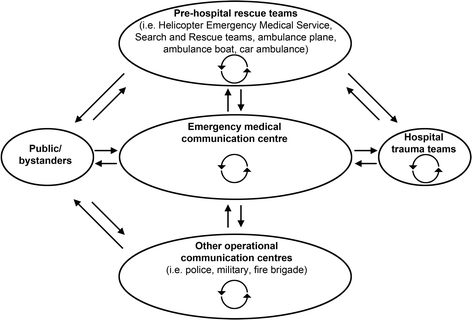
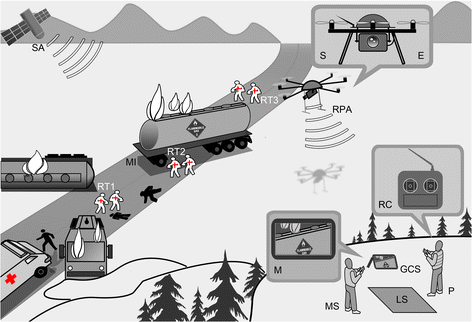
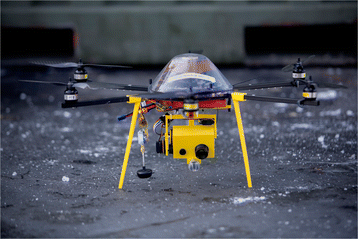
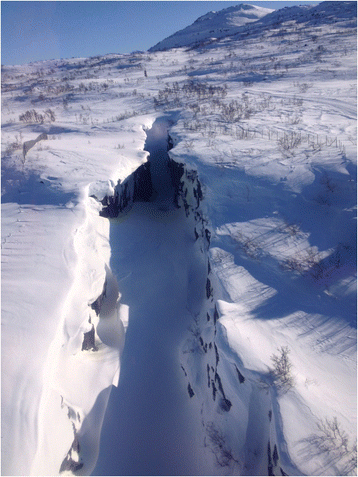
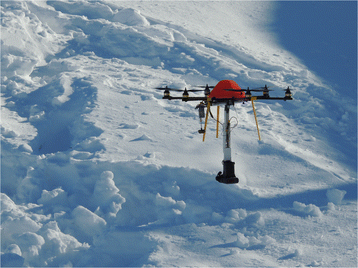
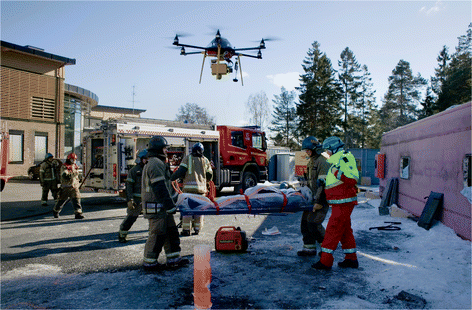
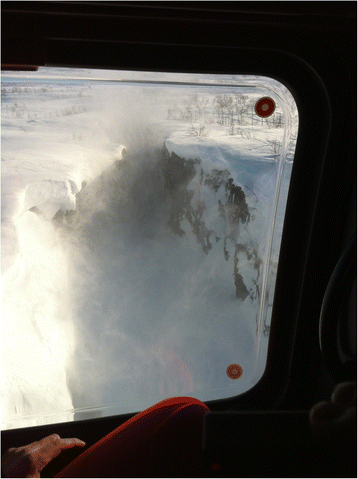
References
-
- Reason J. Managing Organizational Accidents. Aldershot: Ashgate; 1997.
-
- Flin R, O’Connor P, Crichton M. Safety at the Sharp End. A guide to non-technical skills. Aldershot: Ashgate; 2008.
Publication types
MeSH terms
LinkOut - more resources
Full Text Sources
Other Literature Sources
Medical

